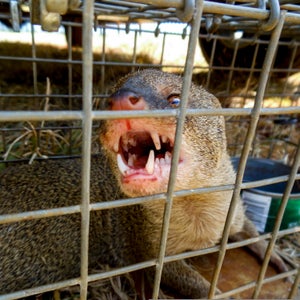
Killer frogs! Forest-destroying moths! Bird-eating mongooses! These may sound like biblical plagues, but they’re the result of bad human decisions. All too often, after an invasive species shows up in an ecosystem and wreaks havoc, our response is to import another species that will eat the first one. Then, of course, the predator turns out to be even worse for the environment. Except now, maybe, we’ve figured out how to do biocontrol right. And as it turns out, some of those infamous mistakes weren’t so bad after all. In this story, our friends at New Hampshire Public Radio’s ���ϳԹ���/In reexamine the history of biocontrol to find out the truth behind the horror stories and understand why throwing hungry critters as a problem has enduring appeal.
Follow the ���ϳԹ��� Podcast
���ϳԹ���’s longstanding literary storytelling tradition comes to life in audio with features that will both entertain and inform listeners. We launched in March 2016 with our first series, Science of Survival, and have since expanded our show to offer a range of story formats, including reports from our correspondents in the field and interviews with the biggest figures in sports, adventure, and the outdoors.


